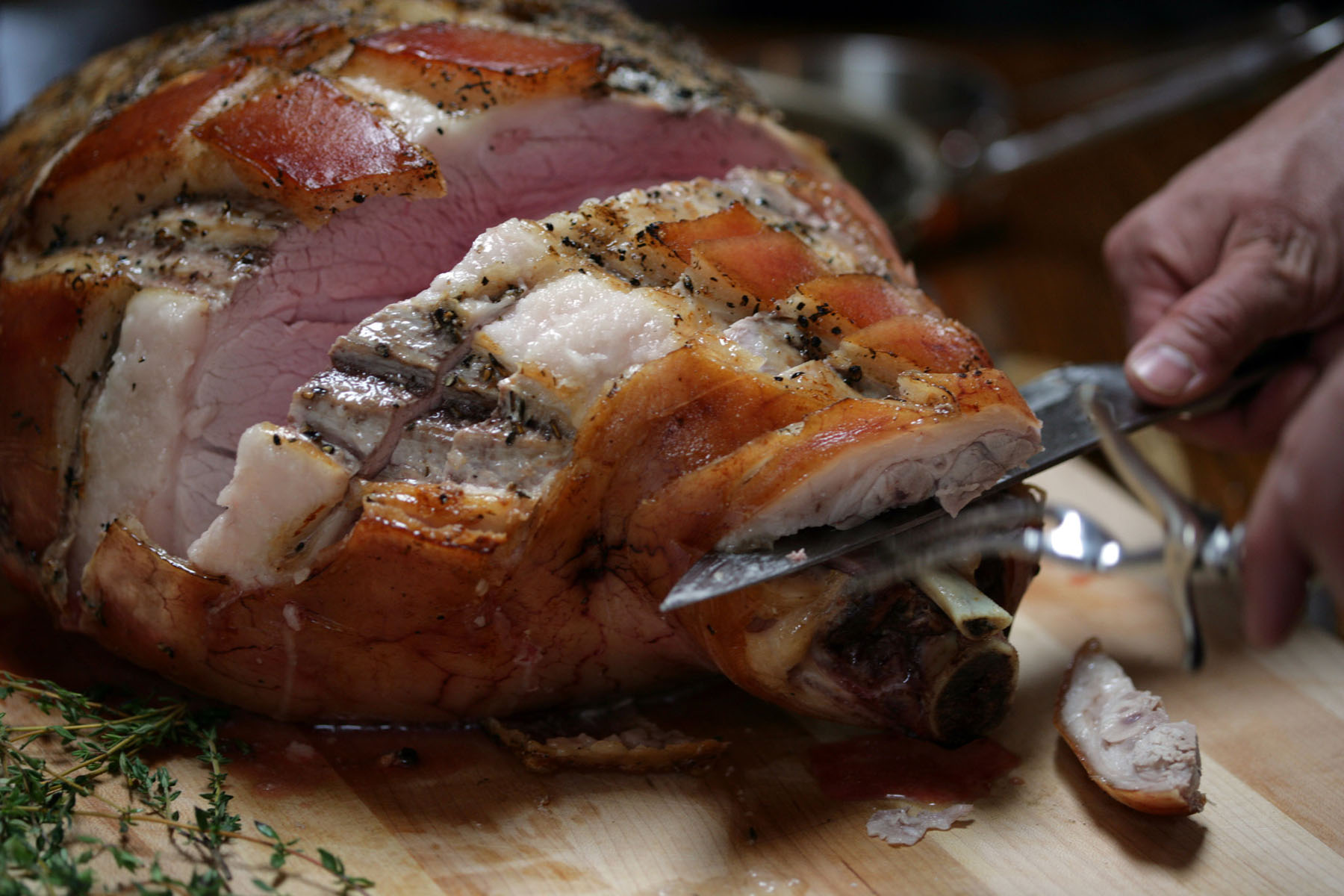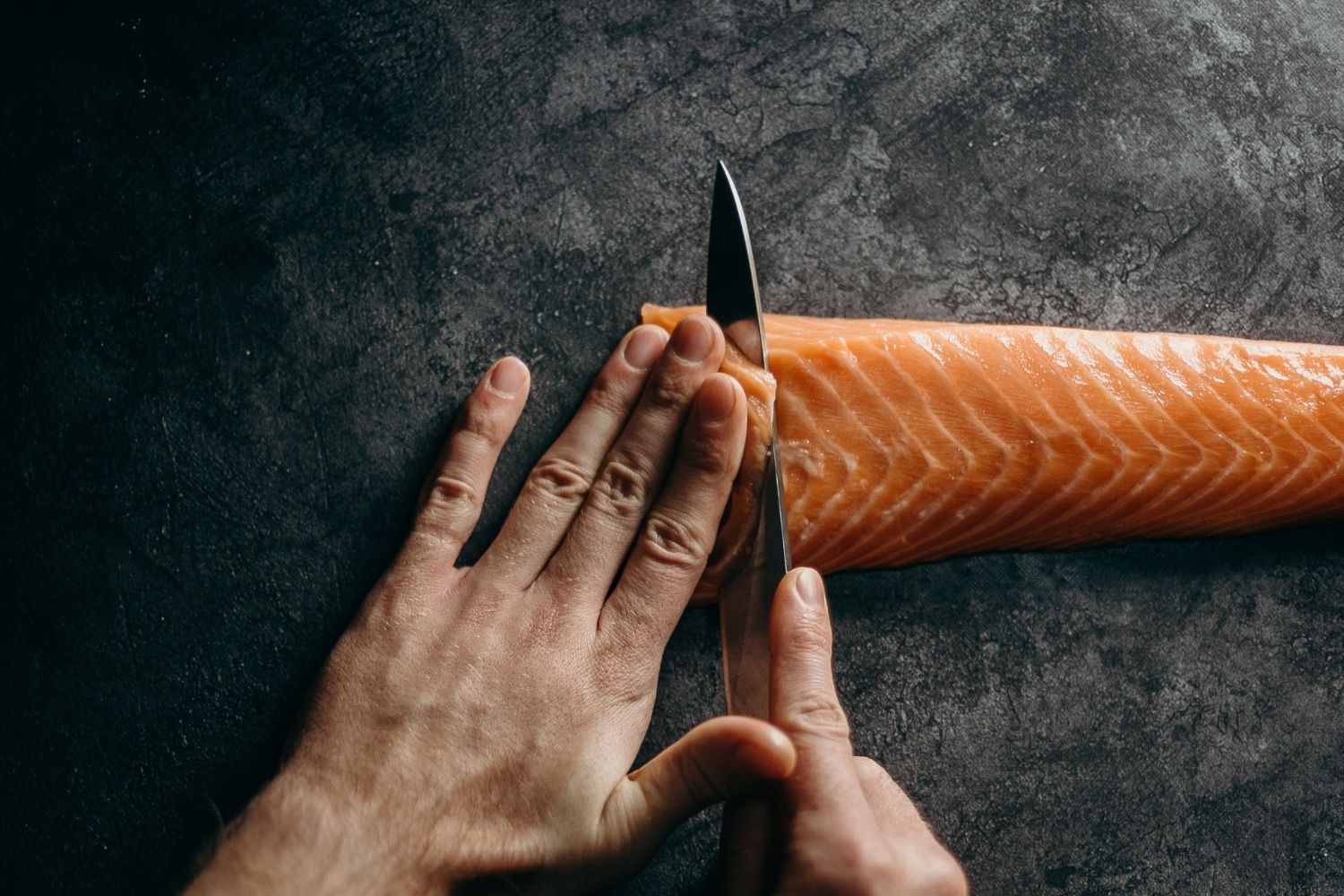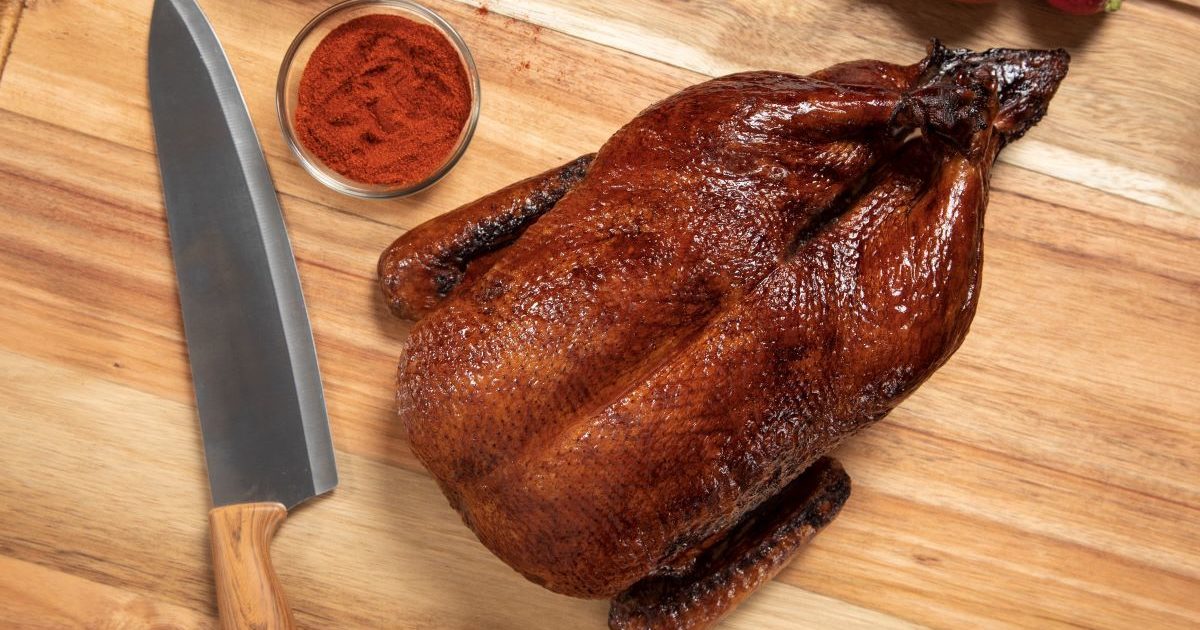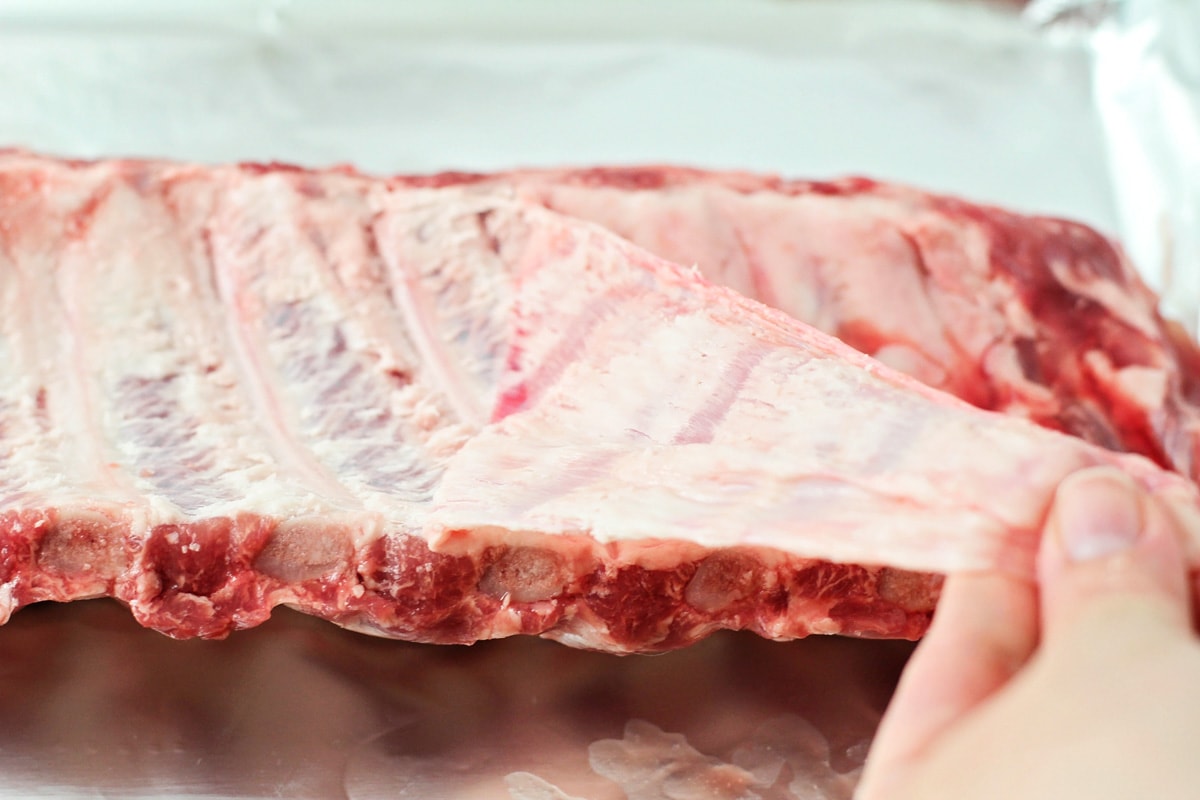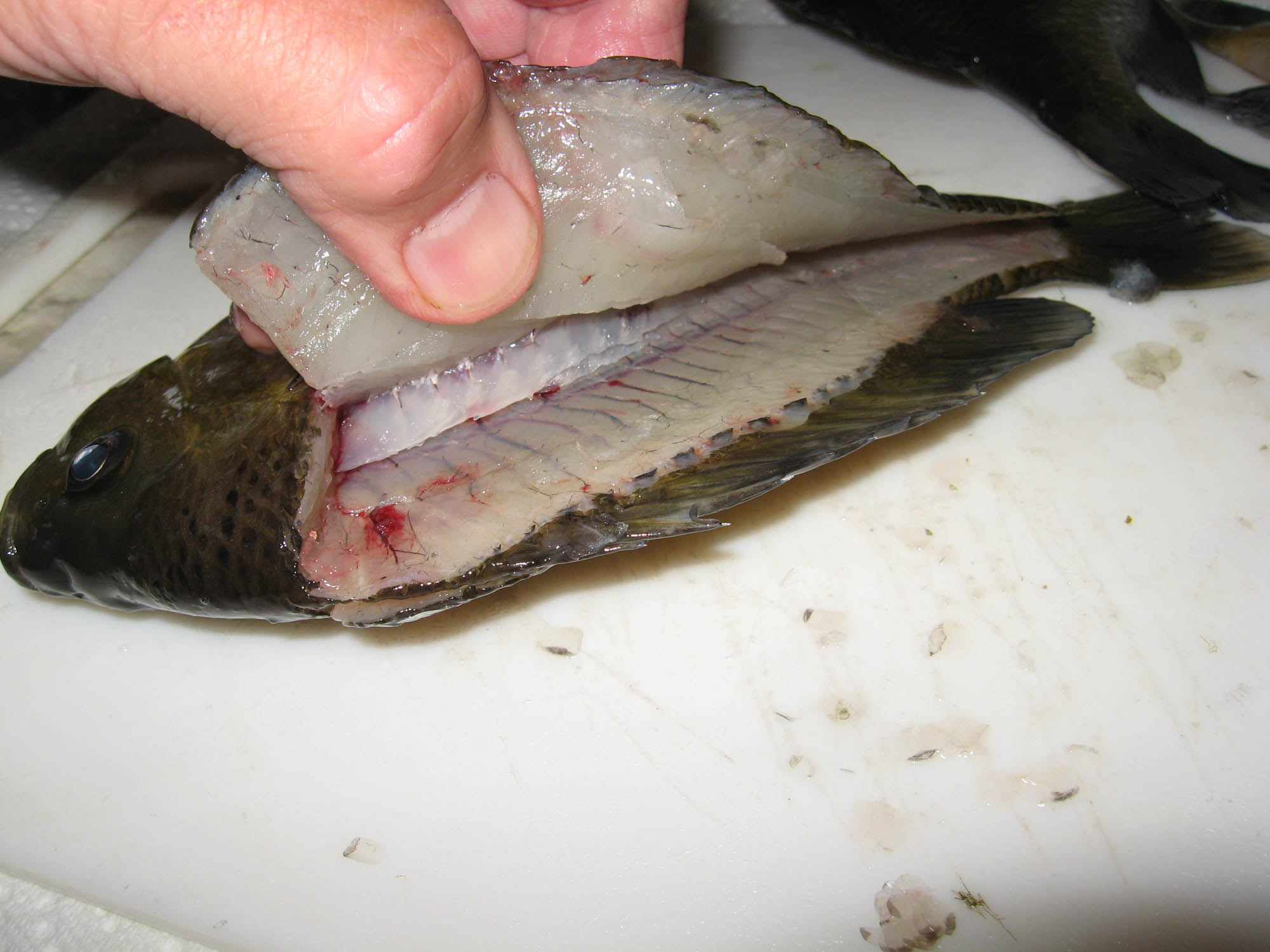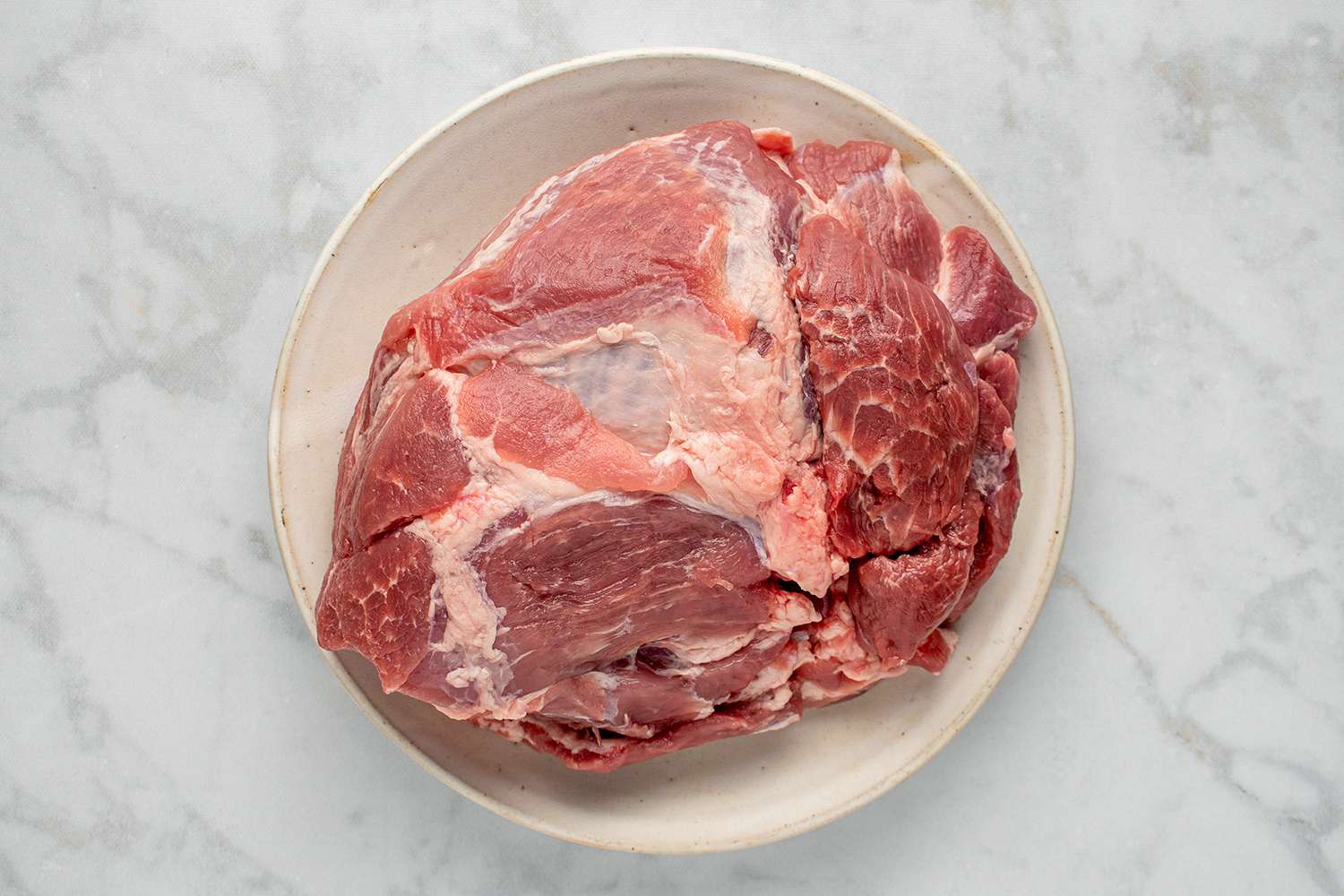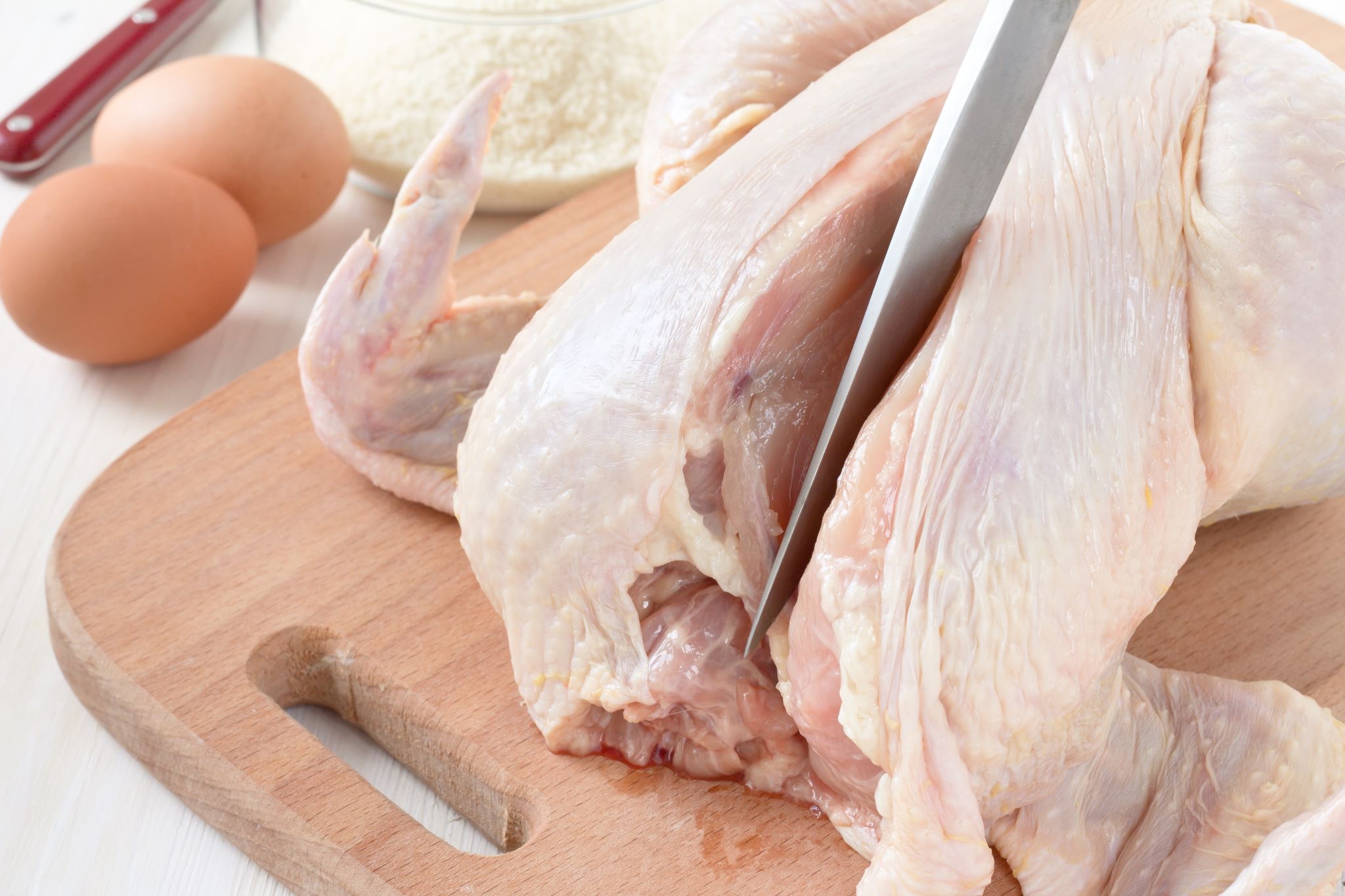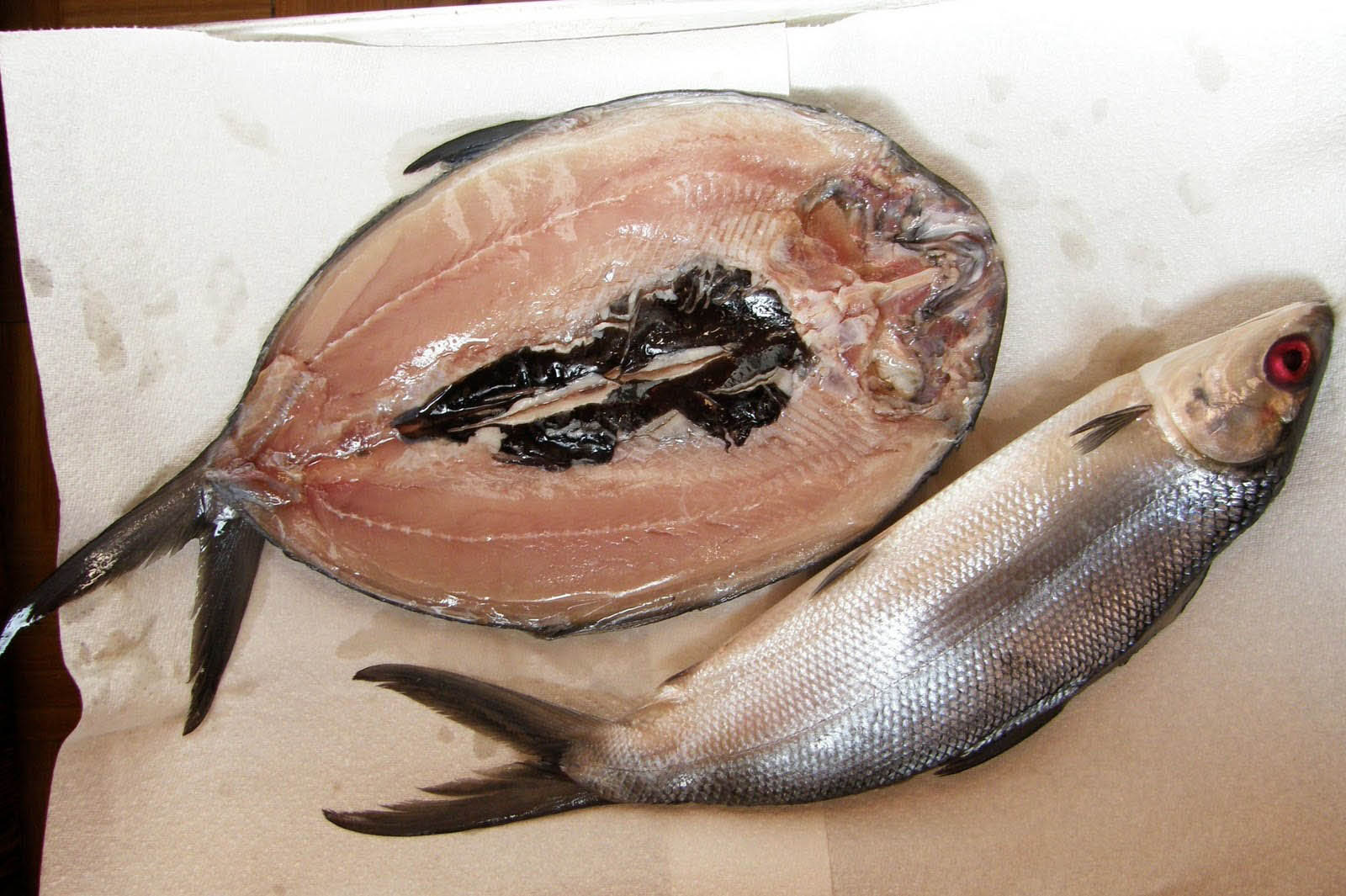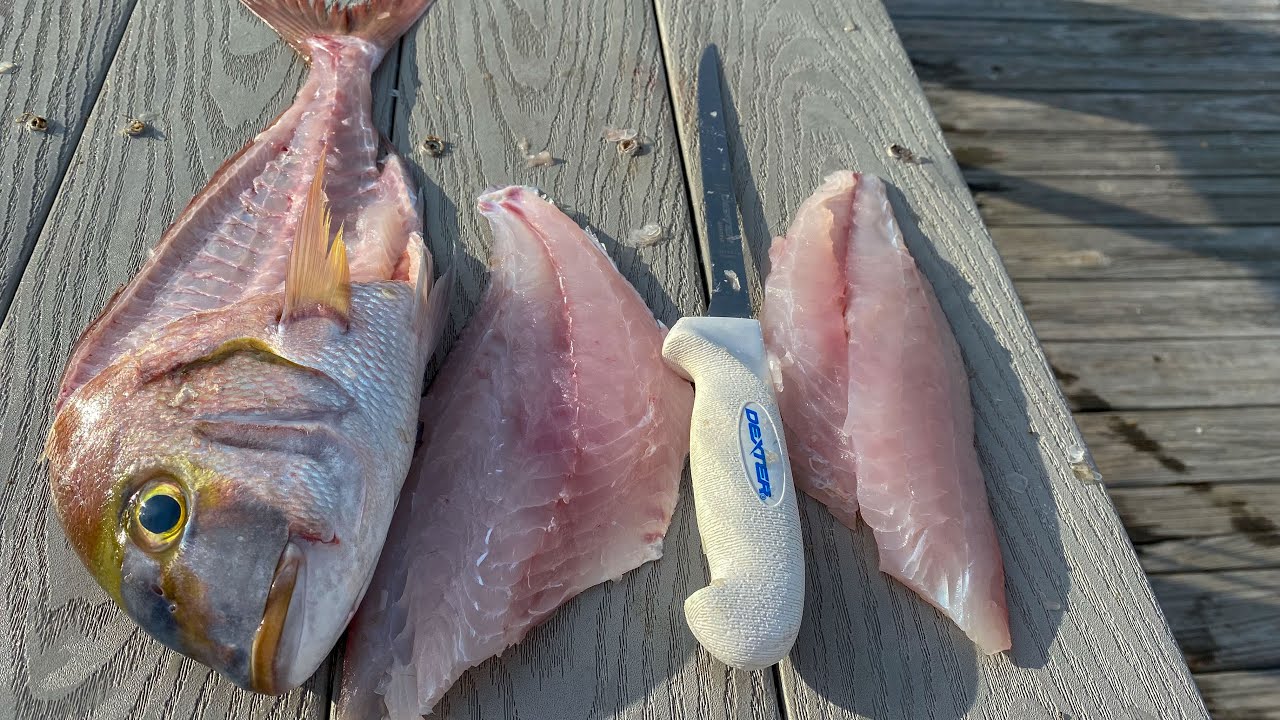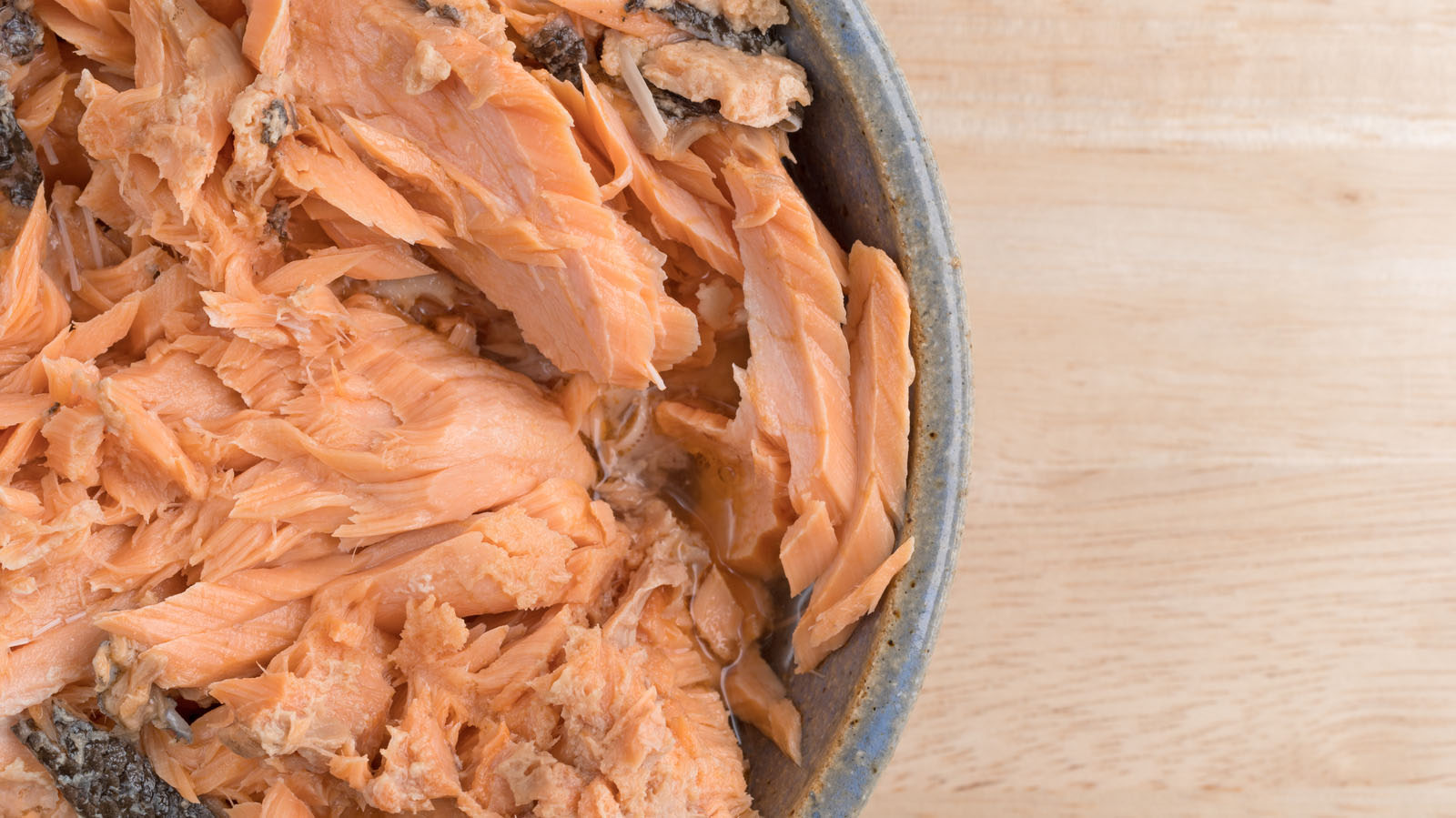Deboning a Shank Ham: A Step-by-Step Guide
Deboning a shank ham may seem like a daunting task, but with the right technique, it can be a rewarding and delicious endeavor. Whether you’re preparing a holiday feast or simply looking to elevate your culinary skills, learning how to debone a shank ham is a valuable skill for any home cook. Follow these simple steps to master the art of deboning a shank ham.
Step 1: Gather Your Tools
Before you begin, make sure you have the necessary tools on hand. You will need a sharp boning knife, a cutting board, and kitchen twine. Having these tools readily available will make the deboning process much smoother and safer.
Step 2: Prepare the Ham
Place the shank ham on the cutting board with the bone facing up. Using the boning knife, carefully trim away any excess fat or skin from the surface of the ham. This will make it easier to access the bone and ensure that the ham cooks evenly.
Step 3: Locate the Bone
Once the ham is prepped, locate the bone running through the center of the meat. Starting at the wide end of the ham, carefully insert the boning knife along the bone, using small, precise cuts to separate the meat from the bone. Take your time with this step to avoid cutting into the meat or losing any valuable portions.
Step 4: Remove the Bone
As you work your way along the bone, continue to use the boning knife to separate the meat from the bone. Once you have loosened the entire bone from the surrounding meat, carefully pull it away from the ham. Be sure to trim any remaining connective tissue or cartilage to ensure a clean deboning.
Step 5: Roll and Tie the Ham
With the bone removed, the ham is now ready to be rolled and tied. Starting at the wide end, tightly roll the deboned ham into a compact cylinder. Using kitchen twine, tie the rolled ham at regular intervals to secure its shape during cooking.
Step 6: Cook and Enjoy
Once the ham is rolled and tied, it is ready to be cooked according to your favorite recipe. Whether you choose to roast, smoke, or braise the ham, the absence of the bone will allow for more even cooking and easier slicing. Once cooked, slice the deboned ham and serve it to your eager guests.
Deboning a shank ham may require some patience and precision, but the end result is well worth the effort. With these simple steps, you can confidently tackle the task of deboning a shank ham and take your culinary skills to the next level. So, roll up your sleeves, grab your boning knife, and get ready to impress with a beautifully deboned shank ham at your next gathering.
Was this page helpful?
Read Next: How To Debone A Deer Leg
